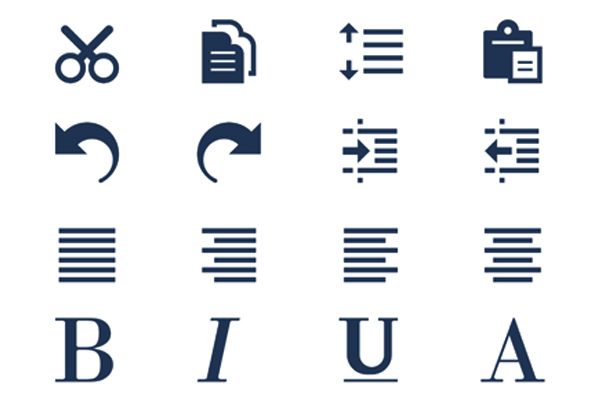Master's Thesis and Project Formatting
Learn how to organize your thesis or project effectively with this detailed breakdown of its four major parts: pre-text pages, Text (Chapters), Documentation, and Appendices. Follow the provided order to ensure your document is well-structured and meets all necessary formatting requirements. Additionally, explore valuable resources, templates, and guidelines to aid you throughout the writing and formatting process.
PAGE CONTENTS
Structuring Your Thesis/Project
A thesis/project comprises four major parts:
- Pre-text pages (Title to Abstracts pages, see list below)
- Text (Chapters)
- Documentation (e.g., References, Works Cited, etc.)
- Appendices
Follow this order when structuring your thesis/project:
- Title Page
- Graduate Advisory Committee Page
- Publication Rights (optional)
- Dedication (optional)
- Preface/Acknowledgments (optional)
- Table of Contents
- List of Tables (if used)
- List of Figures (if used)
- List of Symbols or Nomenclature (if used)
- Abstract
- Chapters
- Documentation (e.g., References, Works Cited, etc.)
- Appendices
For more information on the content and structure of a thesis or project, visit the Thesis Overview and Project Overview webpages.
Resources
- Thesis/Project Research and Writing Canvas page: To request access to the Canvas page email the Graduate Research and Writing Coordinator.
- Thesis Template: (DOC) (DOC) Editable Thesis Template MS Word
- Project Template: (DOC) (DOC) Editable Project Template MS Word
- Thesis/Project Formatting Checklist: (PDF) (PDF) This checklist includes common formatting issues and how to fix them.
- Thesis/Project Formatting Workshop Slides: (PDF) (PDF) The workshop slides have several links and tips on how to organize your document.
- Note: Only use the template as an aid. You are entirely responsible for meeting the formatting requirements outlined below.
- Working with a Formatter: Link to information regarding Working With a Formatter(opens in new window)
Final Formatting
The Graduate Research and Writing Coordinator's role is to support students with thesis/project formatting and general writing issues before the final submission and, once submitted, will review and approve the final thesis/project formatting.
Students will use the combination of their discipline's designated style guide and the University Format guidelines (see below) to format their thesis/project document. The students use the style guide for formatting their in-text citations, all tables, captions for figures and tables, and the documentation (e.g., References, Works Cited, etc.).
With direction and written approval from their advisory committee chair and graduate coordinator, students may select a format consistent with professional publications in their area for the body of text (e.g., formatting the chapters and chapter reference section, if applicable). However, specific University Format guidelines must still apply to the pre-text pages and other University Format requirements.
Departmental Style Guides
Students are responsible for using the appropriate departmental style guide and must follow the specifications in that guide. Each department selects its style guide, which in turn determines the format for the following:
- Referencing system (in-text citations) throughout the thesis/project.
- Formatting and captioning of all tables.
- Format of captions for all figures.
- Documentation (e.g., References, Works Cited, etc.).
Please speak with your Graduate Coordinator to find your department's style guide.
Anyone wishing to follow a manual other than that approved by the department must provide the Graduate Research and Writing Coordinator with a written memo signed by all committee members approving the change and a copy of the alternative style manual.
Links for Style Guides: APA, MLA, Chicago, Turabian, CSI, and ECE
- http://www.chicagomanualofstyle.org/CMS_FAQ/new/new_questions01.html
- http://www.press.uchicago.edu/books/turabian/turabian_citationguide.html
- https://www.mla.org/(opens in new window)(opens in new window)
- http://guides.lib.uw.edu/research/citations(opens in new window)(opens in new window)
- http://www.chicagomanualofstyle.org/home.htm(opens in new window)(opens in new window)l
- https://writing.wisc.edu/handbook/(opens in new window)(opens in new window)
- http://www.csuchico.edu/csci/programs/ms-compsci/style-guide.shtml(opens in new window)(opens in new window)
- http://www.apastyle.org/




